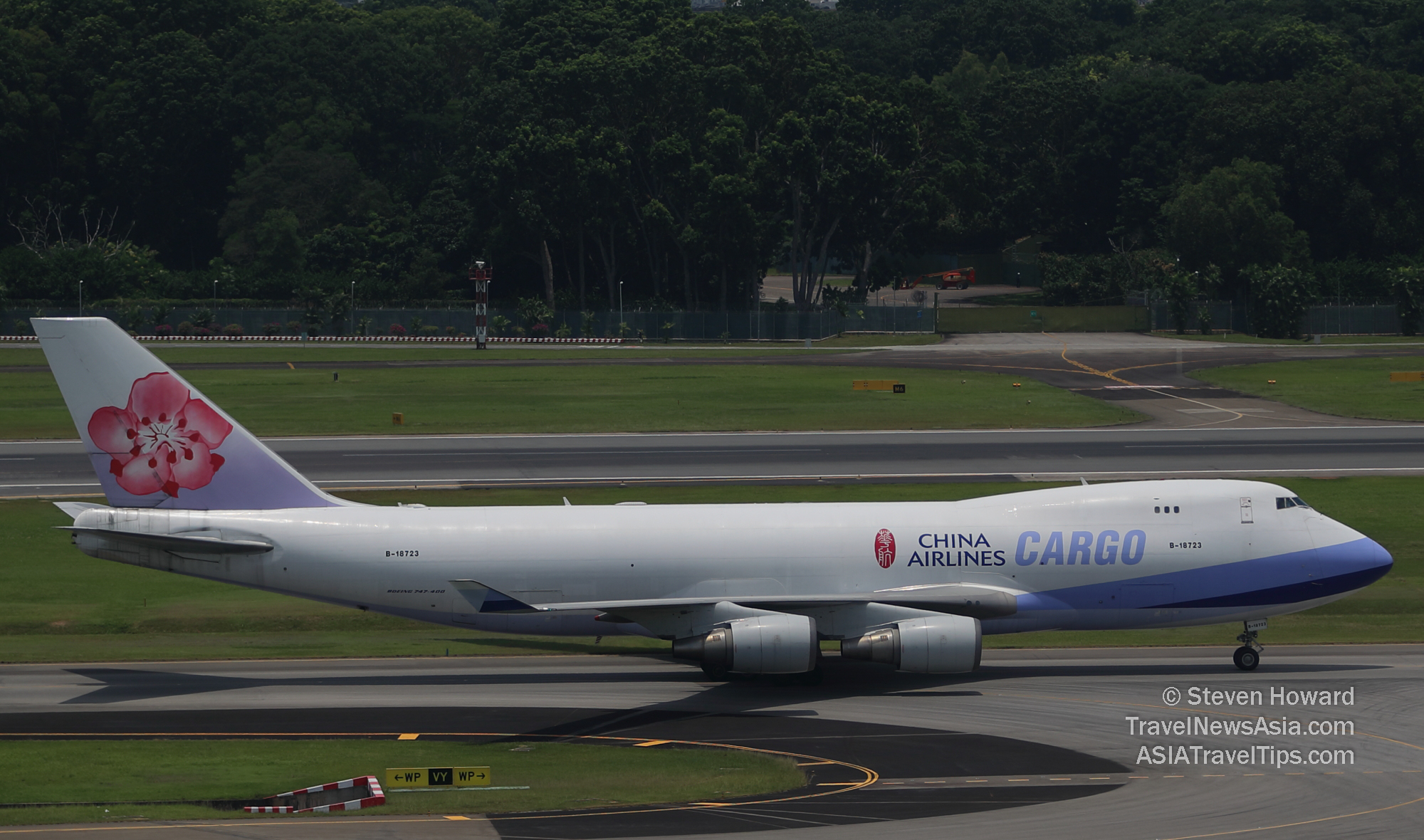|
IATA's data for global air freight markets shows
that demand, measured in freight tonne kilometers (FTKs), rose
2.3% in August 2018, compared to the same period the year before.
This pace of growth was unchanged from the
previous month but was less than half the five-year average growth
rate of 5.1%.
Freight capacity, measured in available freight
tonne kilometers (AFTKs), grew by 4.5% year-on-year in August
2018. This was the sixth month in a row that capacity growth
outstripped demand growth. Yields, however, appear to be holding
up.
Growth is being supported by a number of
factors, including buoyant consumer confidence, an upturn in the
global investment cycle and growing international e-commerce.
However, demand is being negatively impacted by three factors:

* A broad-based weakening in manufacturing
firms� export order books. Specifically, export order books in
Europe, China, Japan and Korea have fallen in recent months.
* Longer supplier delivery times are being
reported by manufacturers in Asia and Europe, the top two global
trading areas by volume. This typically means that they have less
need for the speed afforded by air freight.
* Risks to global trade from the recent
escalation in trade tensions.
"August demand for air cargo grew at 2.3%,
unchanged from the previous month," said Alexandre de Juniac,
IATA's Director General and CEO. "Buoyant consumer confidence, the
growth of international e-commerce and the broad-based global
economic upturn are behind the growth. But there are downside
risks. Order books are weakening and supply delivery times are
lengthening. And the growing trade tensions are a specter over the
industry. The early focus of tariffs was not on products typically
carried by air. But as the list of tariffs grows so does the air
cargo industry�s vulnerability. And, we can expect souring trading
relations to eventually impact business travel. There are no
winners in trade wars."
All regions reported year-on-year demand growth
in August 2018, except Africa which contracted. All regions
reported that capacity growth exceeded growth in demand.
Asia-Pacific airlines saw demand for air
freight grow by 1.6% in August 2018 compared to the same period
last year. This was an increase over the previous month but a
marked slowdown in growth from the past year. Weaker manufacturing
conditions for exporters, particularly in Japan and China, have
impacted the demand. As the largest freight-flying region,
carrying more than one-third of the total, the risks from
protectionist measures are disproportionately high. Capacity
increased by 3.4%.
North American airlines� freight volumes
expanded 2.8% in August 2018 compared to the same period a year
earlier. Capacity increased by 3.2% over the same period. The
recent momentum of the US economy and solid trade flows across the
Atlantic have helped strengthen demand for air cargo, benefiting
US carriers. A pick-up in supply chain bottlenecks, which is
typically alleviated by the speed of air freight, may also be
benefiting the demand.
European airlines posted the fastest
growth of any region in August 2018, with an increase in demand of
3.7% compared to the same period a year earlier. Despite a
weakening in manufacturing firms� export order books in Europe,
particularly Germany, international air cargo demand has trended
upwards at an annualized rate of 8% over the last six months.
Strong conditions on the transatlantic market and a pickup in
demand between Europe and Asia have driven this growth. Capacity
increased by 5.2% year-on-year.
Middle Eastern carriers� carriers posted a
2.2% increase in freight volumes in August 2018 compared to the
same period last year. This was a significant deceleration in
demand over the 5.4% recorded the previous month. The decrease
mainly reflects developments from a year ago rather than a
substantive change in the near-term trend. International cargo
demand is trending upwards at an annualized rate of 6% in the
region supported by a pick-up in trade to/from Europe and Asia.
Capacity increased 7.9% year-on-year.
Latin American airlines experienced an
increase in freight demand growth in August 2018 of 1.6% compared
to the same period last year and capacity increased by 5.3%. Some
of the smaller markets within the region have seen strong growth
in international freight volumes so far this year. Nevertheless,
the broader pick-up in demand seen over the last 18 months has now
paused.
African carriers saw freight demand
contract by 7.1% in August 2018, compared to the same month last
year. This was the fifth time in six months that demand
contracted. Capacity increased by 6.0% year-on-year. After a peak
in demand at the end of 2017, seasonally-adjusted international
freight volumes have stopped declining in recent months. However,
they remain 8% lower than the November 2017 peak. Demand
conditions on all key markets to/ from Africa remain weak.
|
Headlines: |
|
See latest
HD Video
Interviews,
Podcasts
and other
news regarding:
IATA,
Cargo,
Freight.
|
